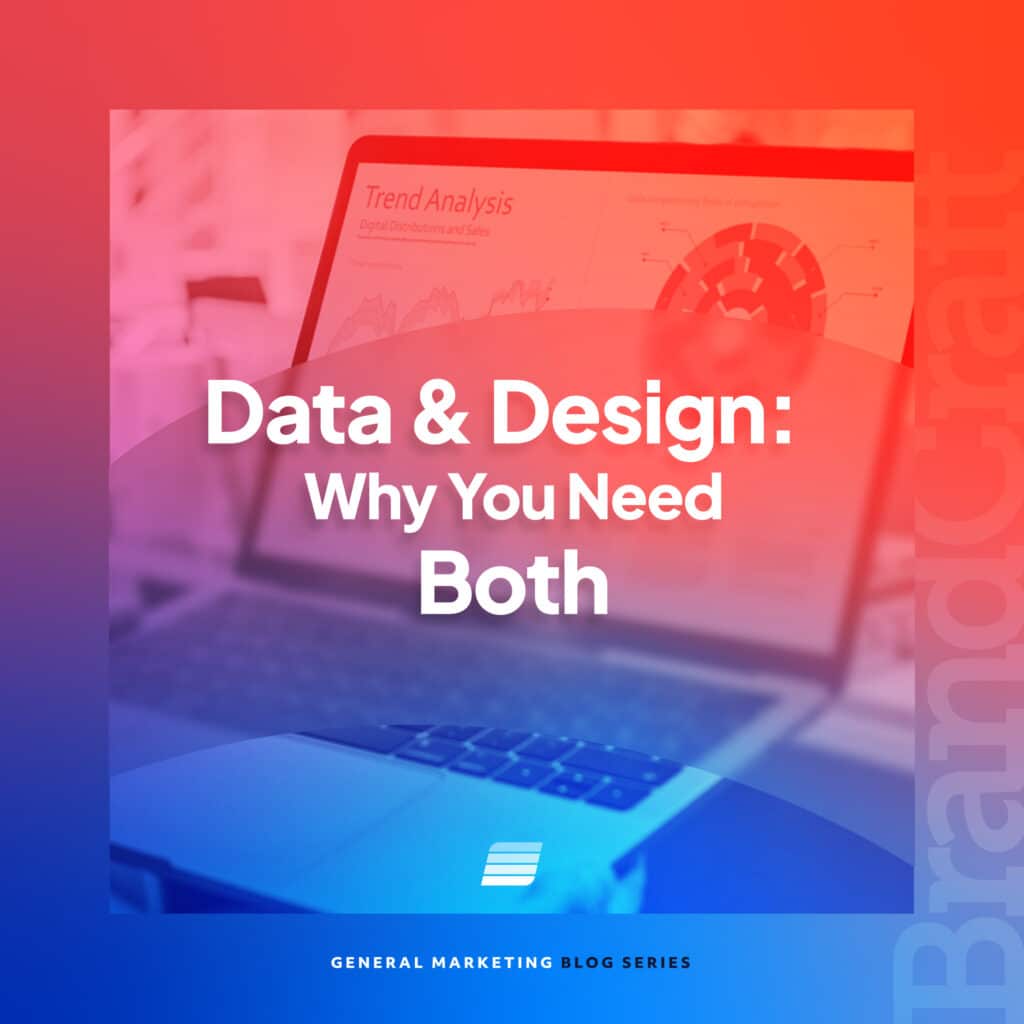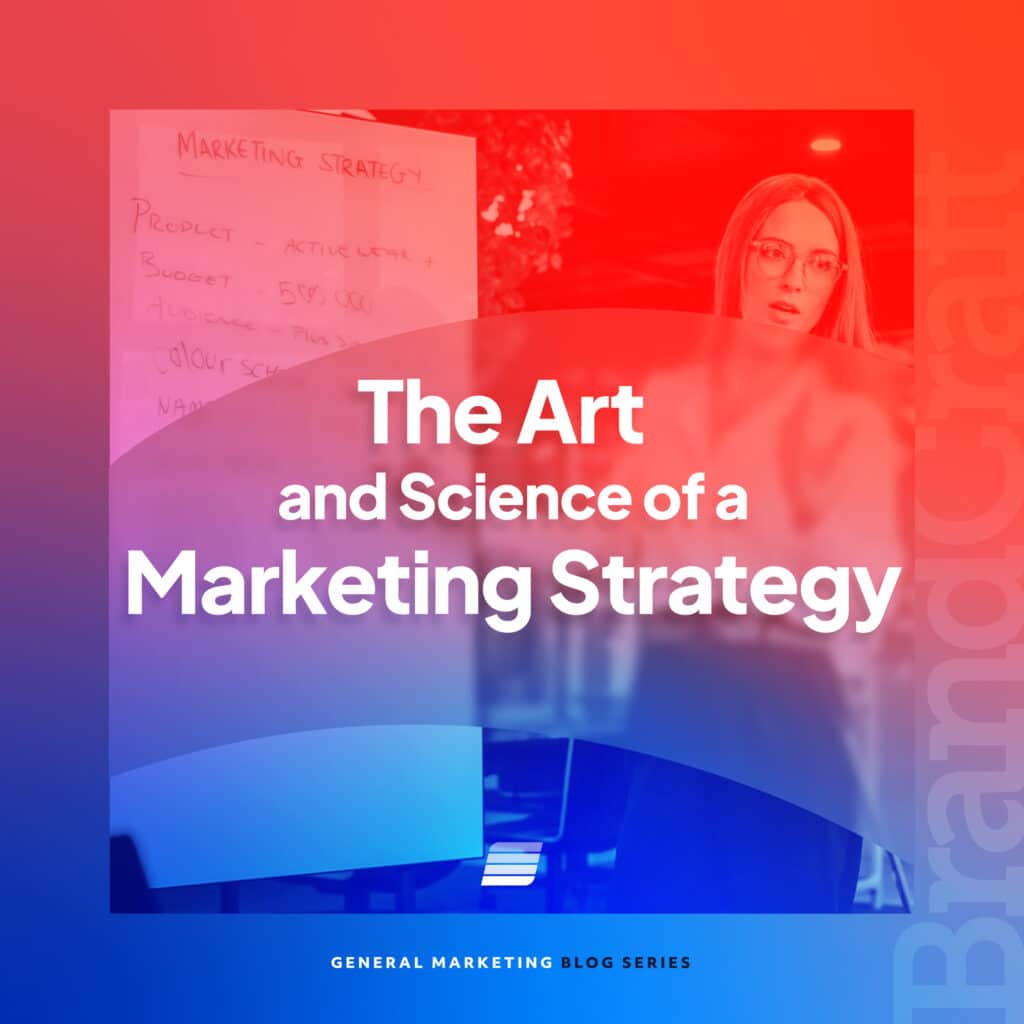4 Helpful Things to Share With Your Brand Designer at the Start of the Project
August 17, 2021

Working with a brand designer to create a new image for your company? How exciting! Brand designers offer a unique perspective and experience that ensures your branding is on target for your goals.
If you’ve never worked with this type of designer before, you might be curious if there’s anything you should know beforehand. Below, we’ll provide four suggestions on what to share with your new designer at the beginning of the project, along with some key insight into the main branding elements.
Let’s get started.
Ask a Brand Designer: What are the different elements of branding?
Branding can seem like a vague term to those who don’t breathe marketing day in and day out. So, here’s a quick cheat sheet of the three main components of “branding” you should know before working with a designer:
Consumer Perception
The term “branding” refers to the overall umbrella of “how consumers perceive your business.” This is the combination of visual and emotional cues to communicate your business goals to your target audience.
Visual Identity
This encompasses the visual cues in your branding, including but not limited to color schemes, font families, photography treatments, and logos. These elements help build all of your marketing materials, from your business cards to your website.
Logo Design
This is a small but mighty component of your overall “branding.” The logo is an easily recognizable graphic symbol that identifies a company. This is naturally a consumer’s first impression, so you want to make sure you choose the right logo designer for your needs.
Now that we’ve covered the different elements of “branding,” let’s dive into what you need to share with your branding agency at the beginning of the project.
4 Helpful Things to Share With Your Brand Designer at the Start of the Project
Branding is crucial to your business, so let’s make sure you and your brand designer are aligned to deliver the best, timeless results. Here are four things to share before the branding design process begins:
#1: Your Target Audience
The more specific, the better! Just like your actual brand messaging, your visual identity will appeal to a specific audience, so be sure to point your brand designer in the right direction.
For example:
Bad Direction: “Our target audience is everyone. We want everyone to be interested in what we are selling.”
Unfortunately, that’s too wide a net for a designer and messaging to target. Your target audience should be specific. No one plays darts and says, “If you hit the wall, you’ve won the game.”
Good Direction: “We are a luxury investment firm targeting middle-aged men with a high income.”
There are many important keywords in this direction, but we can specifically focus on “luxury.” This word tells a brand designer that there should be a lot of space (i.e., extra spacing between letters, a lot of padding in rows on your website, and extra white space on your print marketing). You’re a luxury brand. You can afford the extra paper costs.
#2: How You Want Your Customers to Feel
Telling your brand designer who your target audience is provides insight into who you’d like to reach. The “how you want them to feel” question tells the designer what emotional triggers you want to bring out.
For example:
Bad Direction: “I want them to remember us, to stand out against the rest.”
Again, this is too vague and wide reaching. Every single business in the world wants to be memorable. There are various methods to achieve this goal, and not all of them are successful. You’ll remember a logo that has a typo, but that’s not the right impression to make on your customers.
Good Direction: “I want them to trust that we are knowledgeable in our field and that this is an exclusive club.”
As a brand identity designer, hearing “knowledgeable” and “exclusive” gives us direction into your color palette and font families. For example, “knowledgeable” tends to be a traditional feeling, so serif fonts and less bold colors are suitable to help consumers feel comfortable and established.
#3: Your Preferences
Warning: This is a hard balance. First, it is your business, and sharing your personal preferences and branding design ideas with your designer is perfectly normal and often helpful. If it’s a successful brand design, this will be something you see day in and day out for years. But keep your target audience as your guide. Don’t be blinded by your own preferences and forget who you’re targeting in the first place.
For example:
Bad Direction: “I’m selling pens to astronauts, but I love flowers. I need flowers to be part of the logo.”
This is too specific and contradicts your target audience. Why would there be flowers on a pen? Is there a reason you would have flowers in outer space? Why would astronauts associate pens with flowers? This would make you memorable for the wrong reasons. You’ve missed the target.
Good Direction: “Personally, I can’t stand lime green. I’d prefer if we used darker shades if we must be in the green color family.”
Again, this is your business. You’re allowed and encouraged to give design direction, and this still gives the brand designer creative freedom to achieve your goals.
#4: Examples
Design is subjective. Often, descriptive words for the design direction you’re wanting for your brand are subjective, too. It’s always better to have design examples rather than rely on terms like “vintage” or “punk rock,” which could mean different styles to different people.
For example:
Bad Direction: “Here’s my competitor’s logo. I want to copy this and change the color.”
Now, don’t get me wrong. If your competitor is successful, let’s look at what marketing methods and messaging they are implementing to succeed. But you don’t want to confuse consumers by being too similar to your competitor visually. You could lose potential customers if they mix up the two brands.
Good Direction: “Here are three logos I like.”
That’s all it takes; you don’t need to know exactly why you like the logos you do. Often, an experienced brand identity designer can tell what’s appealing in a specific design. They can pull direction from all three examples to make sure your brand design hits the mark.
Conclusion
Branding is all around us, and understanding how it works is crucial for a successful business and collaboration with a brand designer. So, let’s get it right from the start.
Need some help with branding? Our branding agency offers branding services for businesses of all sizes. Reach out to BrandCraft today for a free consultation.







